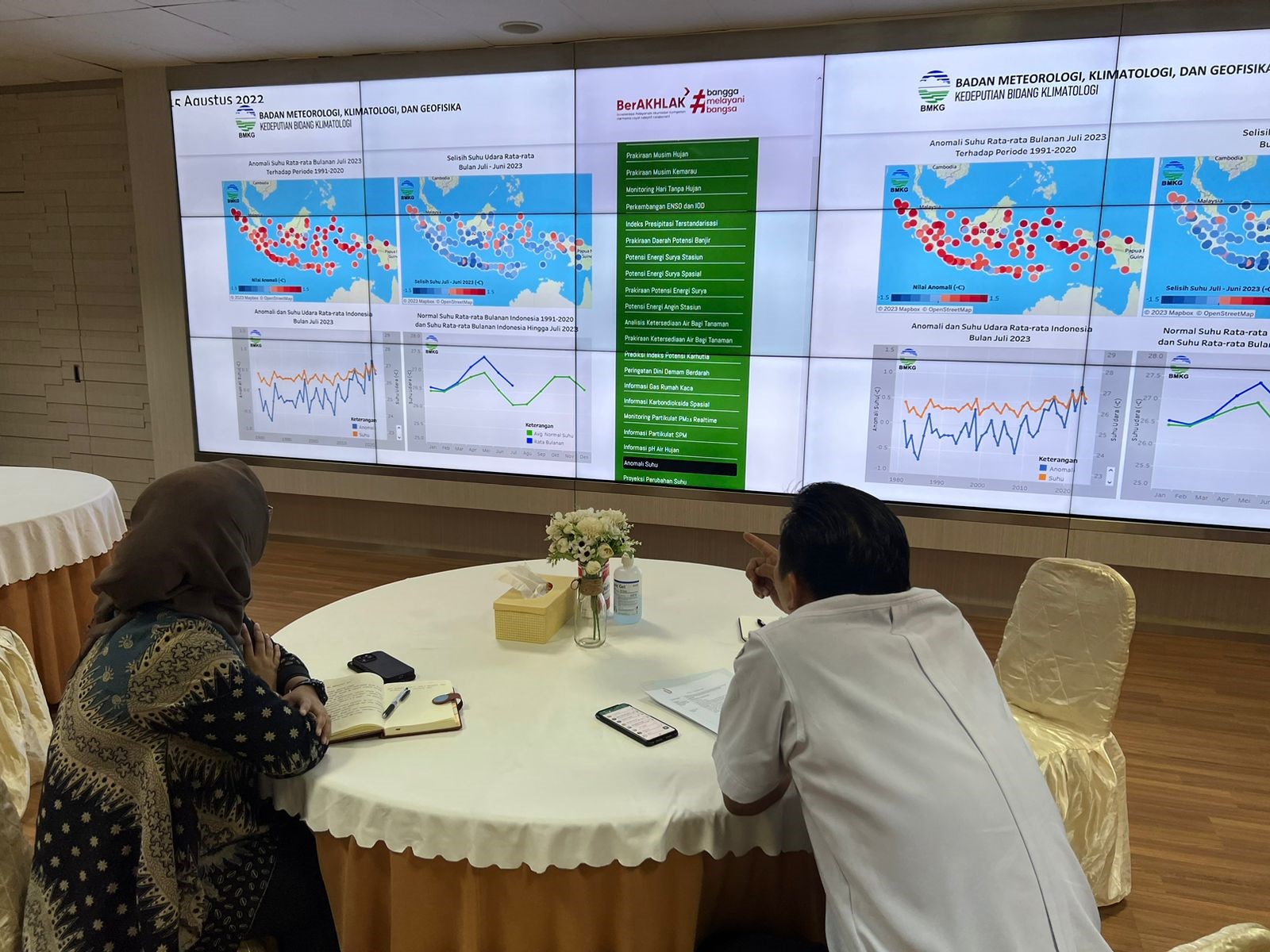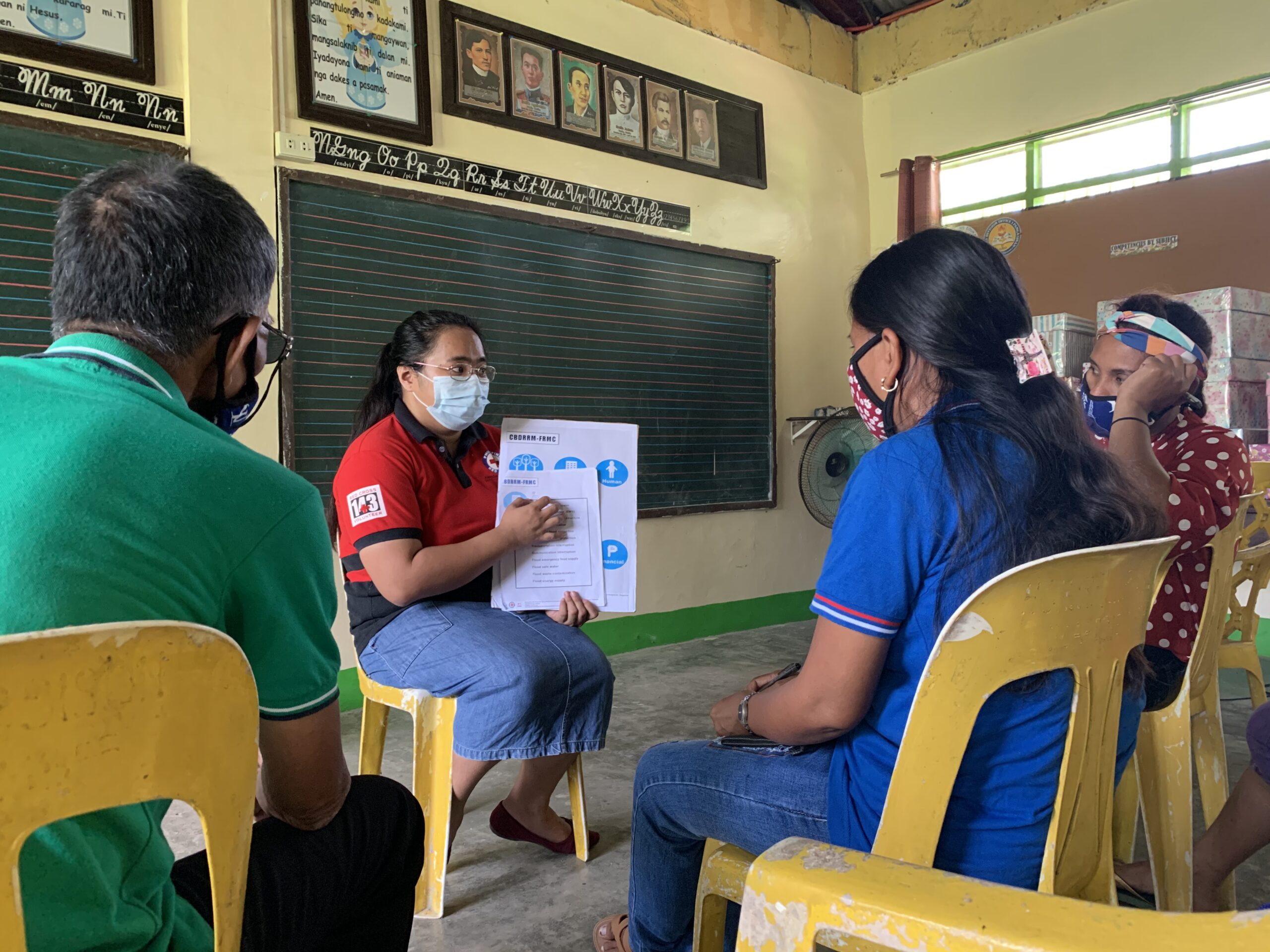Scorched Future: The Rising Toll of Extreme Heat in the Philippines
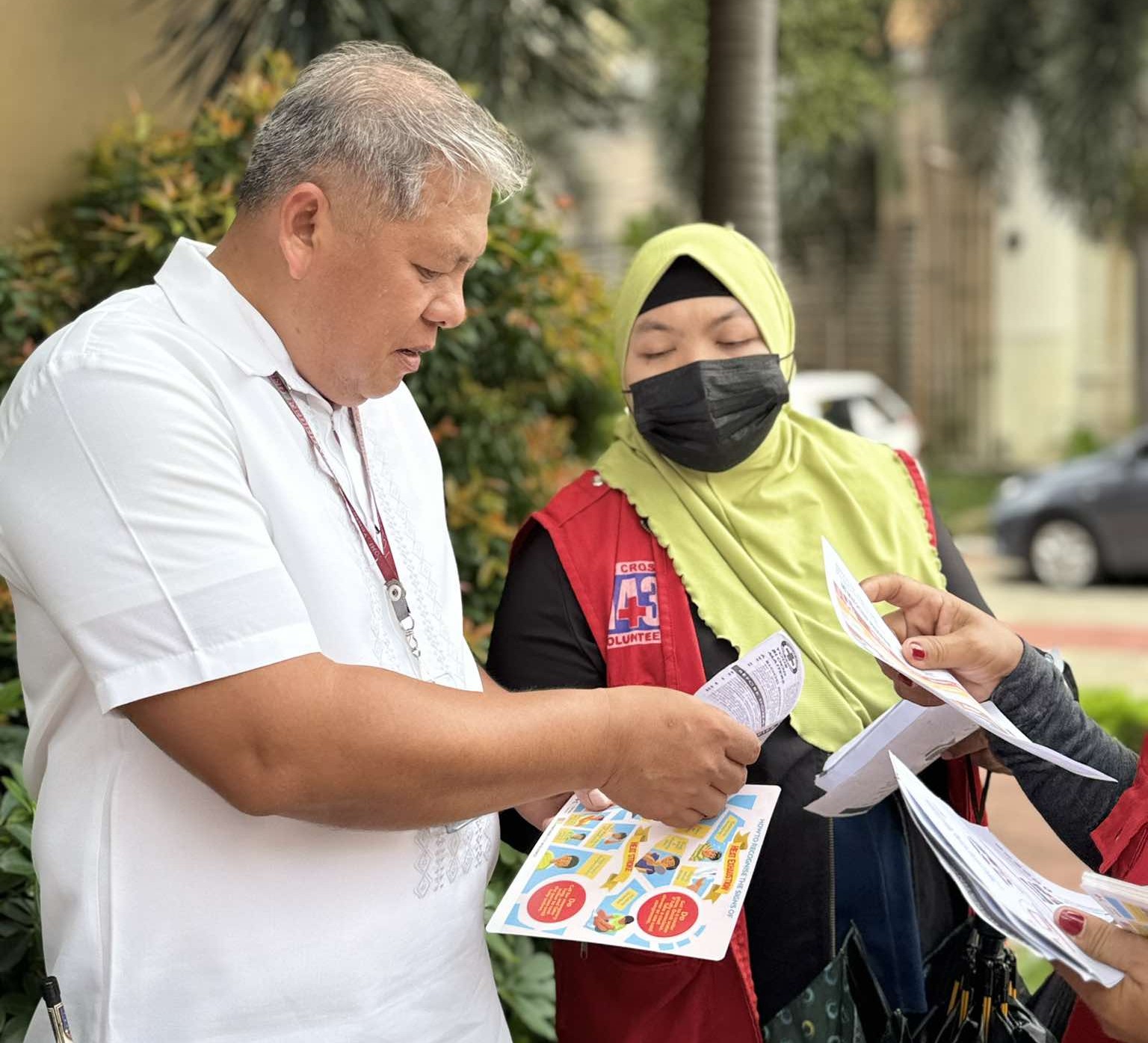
Authors: Mia Grace Ligutan, Seth Sarmiento, Steven Villena, Cale Johnstone
Rising temperatures in the Philippines, particularly in urban areas like Metro Manila, present growing health and economic risks. Many remain unaware of extreme heat as a serious threat. The Philippine Red Cross is actively enhancing resilience through education, early warning systems and community engagement. However, there is still an urgent need for enhanced awareness and preparedness.
Rising temperatures bring significant risks to the Philippines
In line with global trends, 2024 was the warmest year in the Philippines since records began in 1951. Urban areas are especially vulnerable due to population density and land use patterns that intensify the urban heat island effect. Among the world’s 38 megacities—cities with populations exceeding 10 million—Metro Manila was one of 11 identified as experiencing extreme heat significantly influenced by climate change.
Heat-related health risks are mounting. By 2030, up to 11 million Filipinos could face dangerous heat (heat indices above 42°C), increasing to as many as 74 million by 2050 (Boston Consulting Group). The consequences are already evident: widespread school closures have disrupted education, and health systems are under pressure from a surge in cases of heatstroke, dehydration, and other heat-related illnesses.
Hearing from communities about the impact of heat
As part of the Zurich Climate Resilience Alliance (the Alliance), the Philippine Red Cross (PRC) recently conducted a study in six Metro Manila communities using the Climate Resilience Measurement for Communities (CRMC) framework. Findings reveal that while people are aware of the rising temperature during hot dry season, they do not necessarily consider extreme heat a threat to their daily lives.
Yet across all six communities almost a quarter of workers – mostly informal workers like vendors, drivers, and construction laborers – feel unprotected during extreme heat events. Further, more than 20% of households reported that they can only continue earning their regular income by choosing to work outside despite high heat index warnings.
Given heatwave or extreme heat is not categorized in the Philippines as a natural hazard like floods and typhoons, key gaps exist around the capacity of City/Municipal Disaster Risk Reduction and Management Offices to issue early warnings, activate preparedness and contingency plans and allocate funds to address losses and damages.
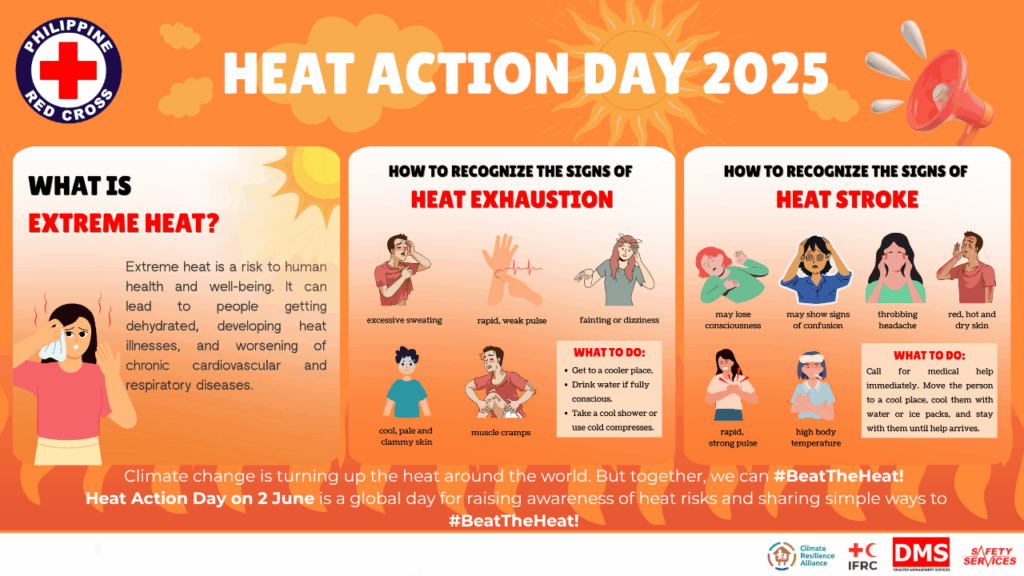
Shifting mindsets through global Heat Action Day activities
Heat Action Day, held globally on June 2nd, engages the Red Cross Red Crescent movement and other organizations around the world to raise awareness about the rising risks associated with extreme heat and inspire simple actions to prevent negative impacts. This year’s theme focused on heat exhaustion and heat stroke.
In the Philippines, the PRC scaled up national awareness through educational materials and activities in schools and communities, as well as internally within PRC National Headquarters and chapters, and more broadly via social media. Campaigns focused on health risks, protective measures, and fostering community participation in building resilience.
Across the country, activities included sharing real-life examples of extreme heat events, busting myths and providing key messages about staying cool and hydrated. Tools like videos, posters, hand fans and umbrellas (with recommendations in English and Tagalog) supported learning. First Aid training helped communities recognize and respond to heat-related illness. PRC also distributed Narra tree seedlings to spark conversation on how environmental management contributes to heat resilience.
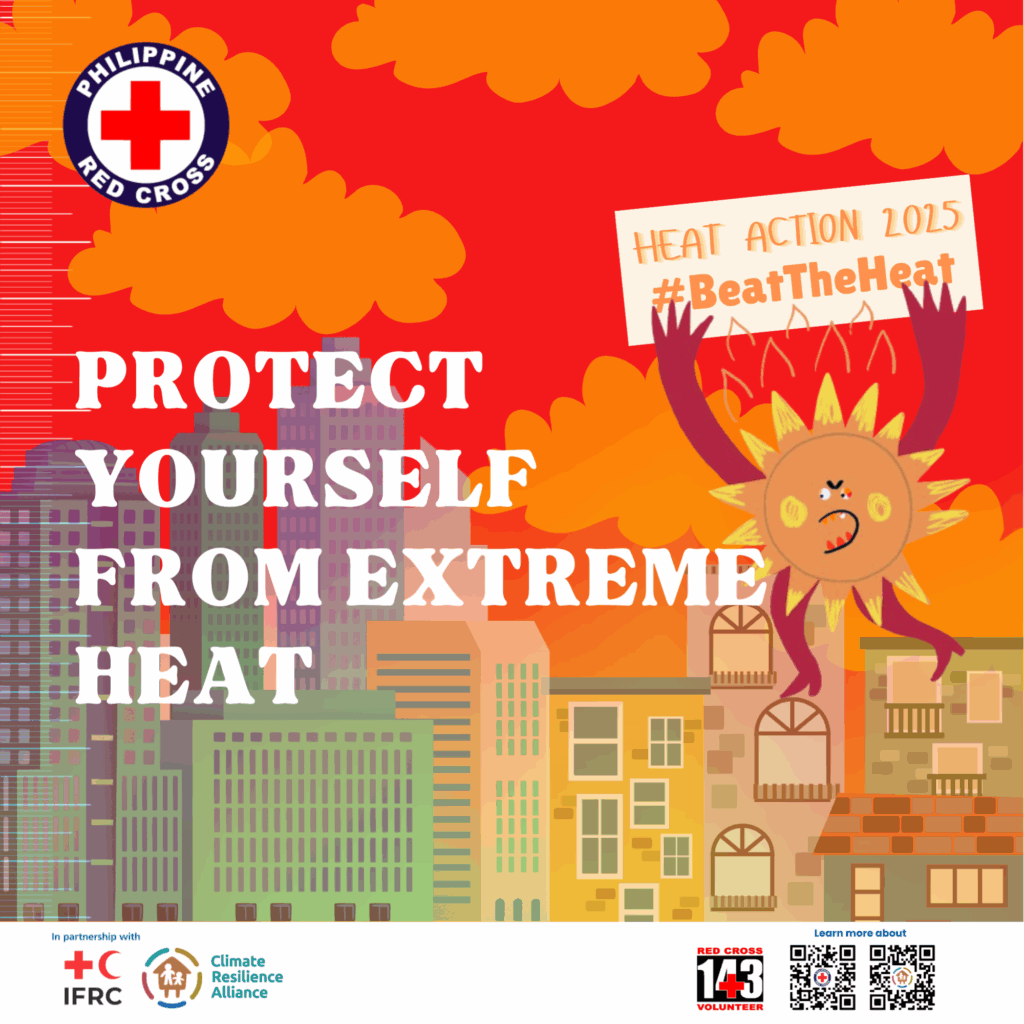
A launch pad for resilience building
Between 2024 and 2027, PRC aims to strengthen urban resilience to floods, typhoons, and heatwaves through localized early warning systems and participatory resilience and adaptation planning. However, CRMC results show that low risk awareness—especially for extreme heat—remains a barrier. Building understanding of heat risks is critical to mobilizing action by families, communities, authorities, and policymakers.
Learn more about the Alliance program in the Philippines here.

